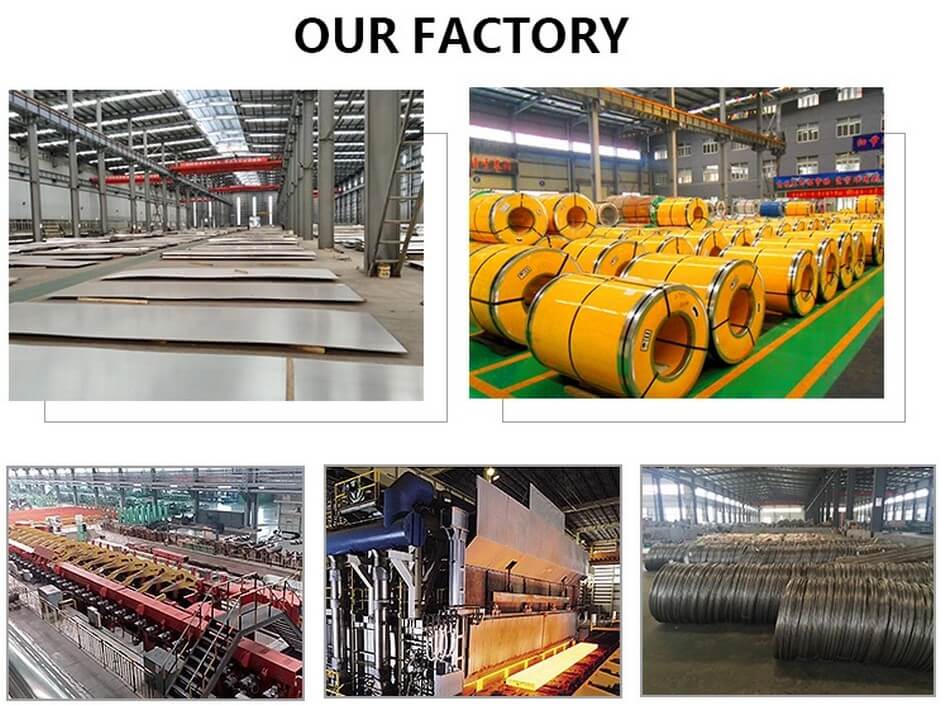We often see that some landscape buildings are made of a red rusty steel plate, which is a weather resistant steel plate. Today, Xiaobian will take you to know what factors affect the quality of weather resistant steel plates and the reasons why weather resistant steel plates rust but not rot.
There are many main factors affecting the quality of weather resistant steel plate, such as substrate, poor quality, change of coating surface tension, improper pretreatment, curing defects, coating defects and scratches. The corrosion resistance of the weather resistant steel plate can produce a limited cold-rolled base material, because any slight scratch on the surface coating will soon appear red rust, affecting the use. The color coating of this substrate can be used to make internal parts of household appliances or temporary guardrails with low height, so the quality of weather resistant steel plate mainly depends on the selection of substrate.
In addition to the influence of raw materials on the quality, the quality of weather resistant steel plate is also closely related to the processing technology. If the quality of weather resistant steel plate is good, the technological level must be guaranteed. Degreasing, water washing, surface conditioning, drying, chemical conversion film treatment and early drying generally adopt spraying or dipping process.

2. The reason why weathering steel plate rusts but does not rot
Pure iron is not easy to rust, but ordinary steel usually contains impurities such as copper and carbon. The activity of these impurities is lower than that of iron, and they form a galvanic cell with iron in aqueous air (that is, a device that generates current through oxidation-reduction reaction), which separates oxidation and reduction reactions and provides conditions for steel corrosion.
The rust produced by steel corrosion is a loose and porous structure, in which many microcracks connect the pores. In this way, rust, like a sponge, can continue to absorb moisture in the air, further rusting the steel until it is completely rusted.
Weathering steel is different from ordinary steel. At first, it will rust on the surface like ordinary steel. Because of its high alloying degree, this process is even faster than that of ordinary steel. However, because the lattice inside the weathering steel is more complex, a dark black dense rust layer will grow under the loose rust layer on the surface. This rust layer is made of α- FeOOH nanoparticles. In this dense rust layer, nickel atoms replace some iron atoms, making the rust layer cation selective and inhibiting the penetration of corrosive anions.
It is this dense rust layer that makes the surface of weathering steel rust, but the interior will not continue to rust. In fact, as long as we carefully distinguish, we can see that the surface of weather resistant steel is not the same as ordinary rust: the rust of weather resistant steel is uniform and dense, and it clings to the steel surface to protect the steel; And rust is mottled, loose and porous, and slag will fall off once it is touched. Instead of protecting the steel, such corrosion will absorb water and oxygen to the steel surface.

The above is the introduction of what factors affect the quality of weather resistant steel plates and the reasons why weather resistant steel plates rust but not rot. For more information about weather resistant steel plates, please contact the contact information provided on this website.


 Steel Plate
Steel Plate steel pipe
steel pipe Stainless steel
Stainless steel
 English
English Spanish
Spanish Russian
Russian Portuguese
Portuguese Section steel
Section steel carbon steel plate
carbon steel plate Steel plate processing
Steel plate processing steel coil
steel coil steel rod
steel rod
 Home
Home












